
|
|
|
| synonym |
Eratoneura nr. hymettana |
| description |
A species with a distinctive color pattern. The wings and body are mostly a pale, yellow to white color, but there are four dark black marks (almost rectangular in shape) on the middle of the wings, forming an upside down U when viewed from above. There is an incomplete brownish band across the base of the wings and scutellum, and a broken band towards the rear of the wings, past the black marks; this rear band consists of red markings in some individuals, a smudgy band in others. The wingtips are also brown, giving the appearance of a third band in some individuals. The vertex and pronotum are largely pale. |
| distribution |
Eastern, southern United States |
| abundance |
Recorded from a few counties in the Piedmont and Coastal Plain; likely a very uncommon to rare species in the state. |
| seasonal_occurrence | |
| habitat |
Has been found near mixed hardwood forest habitat. |
| plant associates |
|
| behavior |
Can be attracted at night with a light. |
| comments |
A very distinctive hopper. The most similar species is E. lunata, which has a similar color pattern but the black marks in the middle of the wings distinctively curve towards the rear and are not block shaped as in this hopper. The other similar species is of course E. hymettana. There are some superficial similarities in terms of there being four block-shaped dark markings, but these markings are not black in hymettana, and the rest of the coloration of this hopper noticeably differs in being not as pale/white and with more orange-red markings.
NOTE: This hopper is currently a bit of an enigma. For a while, individuals colored like this were identified as hymettana, but it is clear now that there are important differences. It could represent a previously undescribed color form/variety of hymettana, or of lunata (which it is more similar in coloration to), or it may represent a completely new and undescribed species that has evaded hopper taxonomists for the past century plus. It is therefore important for male specimens of this taxa to be collected so that its identity can be resolved. |
status |
[Native:]
[Introduced:]
[Extirpated:] | | list_type |
[Official:]
[Provisional:] |
| adult_id | Unmistakable and widely known Identifiable from good quality photos of unworn specimens
Identifiable from photos showing undersides, or other specialized views [e.g., legs, face]
Identifiable only by close inspection of structural features or by DNA analysis NULL |
| nymph_id | Unmistakable and widely known Identifiable from good quality photos, especially where associated with known host plants
Identifiable from close inspection of specimens or by DNA analysis
Identifiable only through rearing to adulthood NULL |
| G_rank |
|
| S_rank |
|
| rank_comments |
|
| tribe |
Erythroneurini |
| subgenus |
|
Species Photo Gallery for Eratoneura nr. lunata No Common Name |
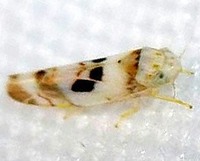 | Photo by: Paul Scharf, B Bockhahn
Rockingham Co.
Comment: Attracted to Black Light | 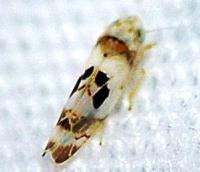 | Photo by: Paul Scharf, B Bockhahn
Rockingham Co.
Comment: Attracted to Black Light |
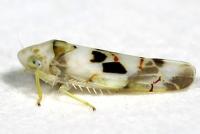 | Photo by: Rob Van Epps
Mecklenburg Co.
Comment: Came to UV light. Yard near woods. | 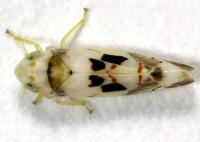 | Photo by: Rob Van Epps
Mecklenburg Co.
Comment: Came to UV light. Yard near woods. |
 | Photo by: Rob Van Epps
Mecklenburg Co.
Comment: Attracted to UV light. Yard near woods. |  | Photo by: Scott Bolick
Forsyth Co.
Comment: |
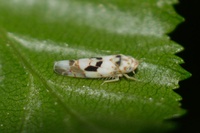 | Photo by: Scott Bolick
Forsyth Co.
Comment: | 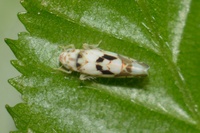 | Photo by: Scott Bolick
Forsyth Co.
Comment: |
 | Photo by: J. B. Sullivan
Jones Co.
Comment: |  | Photo by: Bo Sullivan
Craven Co.
Comment: |
 | Photo by: Bo Sullivan
Craven Co.
Comment: |  | Photo by: Bo Sullivan
Craven Co.
Comment: |
|

 »
»




 »
»


